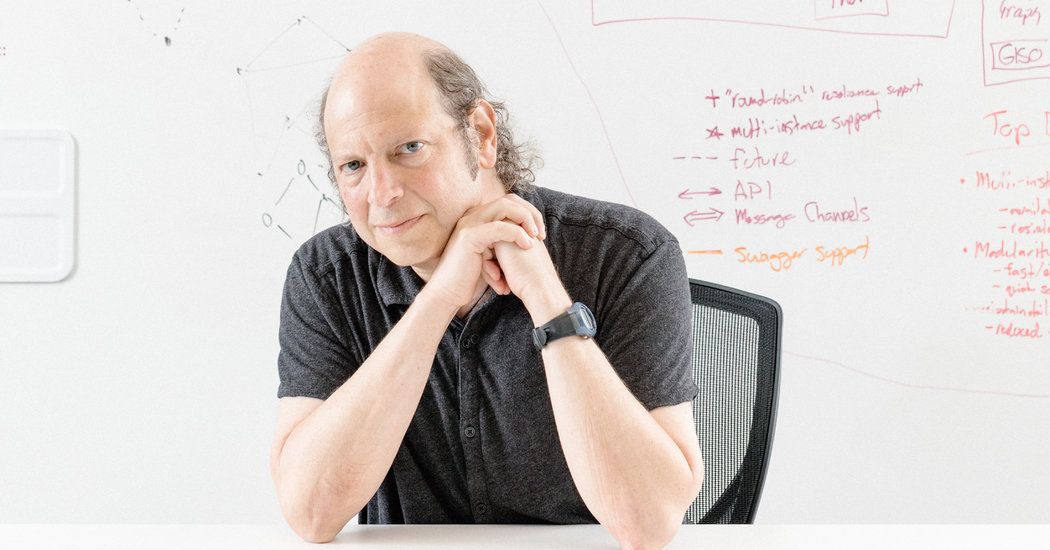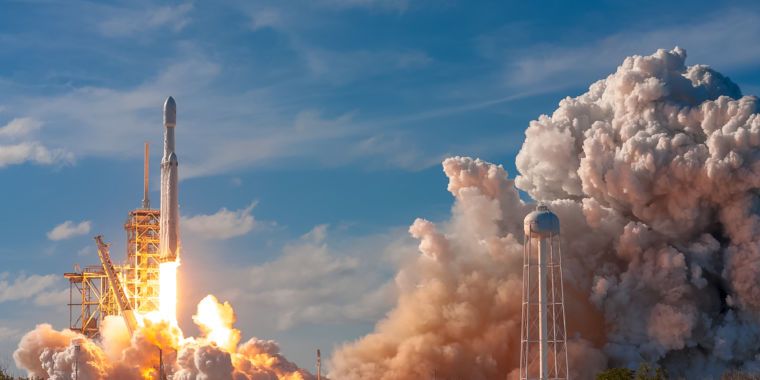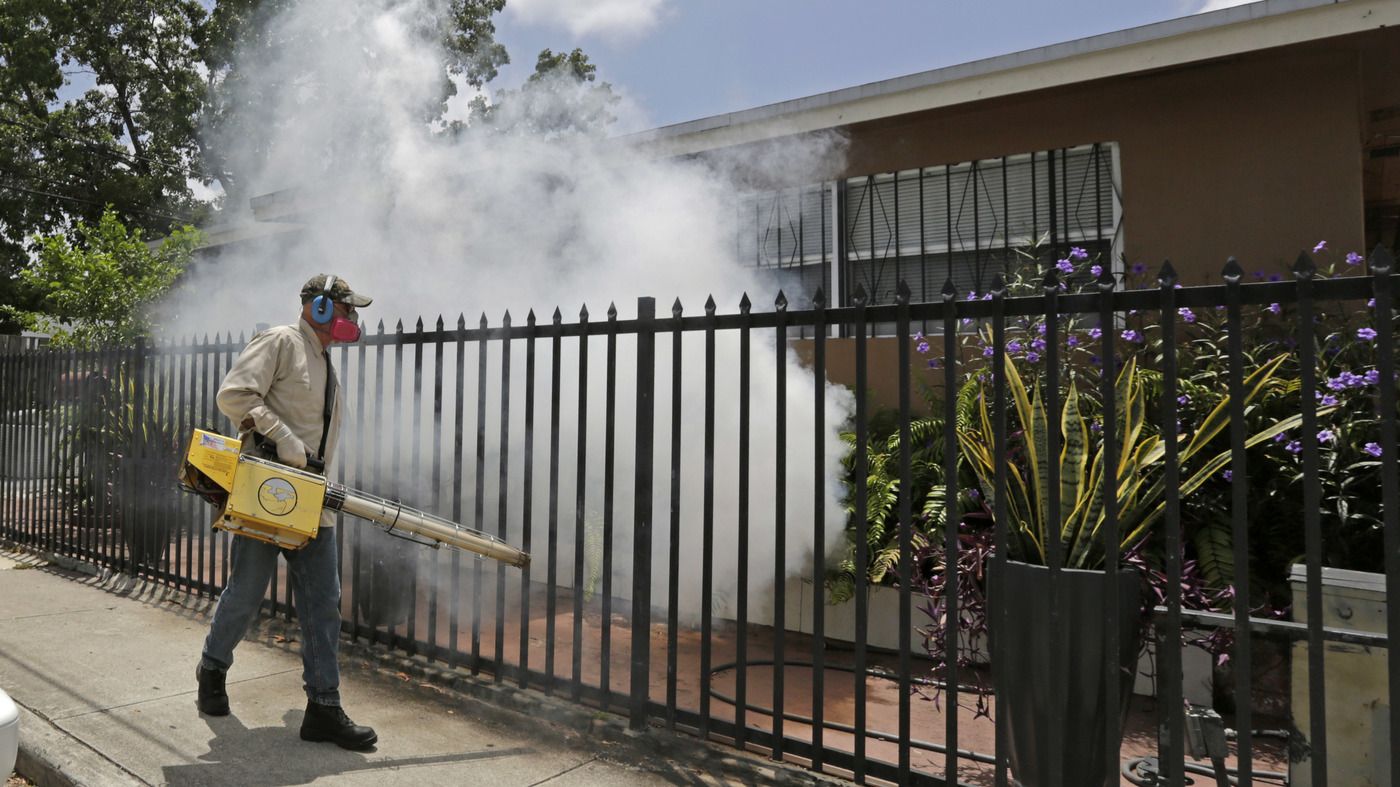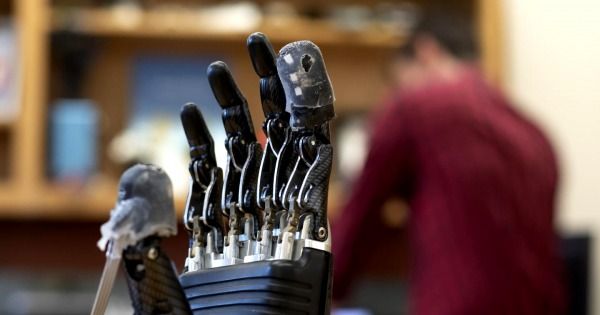Only 35 per cent of five- to 17-year-olds and 62 per cent of children ages 3 and 4 are getting the recommended physical-activity levels for their age group (Editor’s note: around 60 minutes of moderate-to-vigorous physical activity daily, including vigorous-intensity activity on at least 3 days per week) and that this may be having an impact on the health of their brains.
___ Getting kids outside and active could help with brain health: Participaction report (The Globe and Mail): The physical benefits of kids leading an active lifestyle, including better heart heal…









